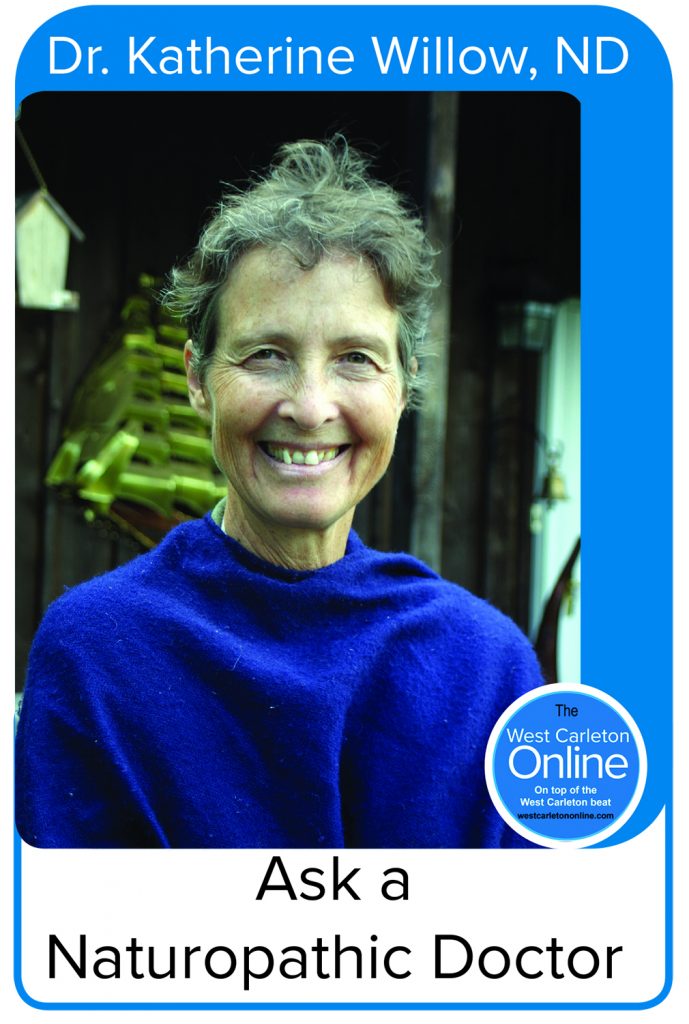Willow: Why organic clothing
It’s been a long time between columns, my apologies, and I thought I would present something different.

Buying and eating organic food is easy to understand as people want to ingest fewer chemicals and take in more diverse nutrients. Why would one buy organic clothing—and what does that even mean?
It turns out that regular cotton is one of the most polluting items we use, requiring a large amount of chemical pesticides and herbicides. Polyester is no better, dissolving into tiny fragments of plastic when thrown out that end up in our oceans…and then in our food, leading to the death of ocean creatures. It also interferes with our natural energy system. All in all, the current “fast” fashion industry is the second largest polluter of local fresh water in the world.
What to use instead?
To answer that question, I headed to the website of our own local designer, Dunrobin’s Megan Duffield, www.duffielddesign.ca. Megan creates a line of beautiful clothing made of sustainable fabrics, an offering that addresses the growing concern for and dangers to our environment.
Some of the fabrics and their properties listed in her website include:
Hemp:
Hemp is one of the most eco-friendly fibres in the world. It is naturally resistant to pests, crowds out weeds without herbicides, controls erosion of topsoil, and produces oxygen. Hemp is a renewable resource, cultivated in as little as 100 days. Like Linen, the entire plant can be utilized.
Hemp is a hypo-allergenic material, non- irritating to the skin. It has UV resistant properties and is a great fabric for hot weather due to its breathability. Hemp softens up over time and with multiple washes becoming a more desirable garment the more you wear it.
Linen:
Linen is a textile made from the fibres of the flax plant. It requires very little fertilizer to grow and can be grown without the use of pesticides and herbicides. The entire plant can be used in a multitude of different ways making it a very versatile crop.
Linens is a highly absorbent material able to gain up to 20 per cent moisture without feeling wet. It quickly removes perspiration from the skin leaving the wearer cool and comfortable in hot weather. Linen is one of the strongest vegetable fibres and becomes softer the more you wash and wear it. Often blended with other fabrics to reduce wrinkles and add desirable characteristics.
Other fabrics used are: Merino wool, which gives warmth without overheating; Modal from beech tree chips, totally biodegradable; organic cotton; Tencel from eucalyptus trees, which pass on an anti-bacterial property to the fabric; and bamboo, which regenerates from its roots.
Sustainable fashion is typically more costly than fast fashion and encourages us to buy less and build efficient wardrobes, something that could benefit many of us, certainly myself.
Katherine Willow practices naturopathic medicine at the Carp Ridge EcoWellness Centre, just north of the village of Carp. She is a fourth-generation naturopathic doctor via her family in Germany and has been practicing for 35 years. Her specialties are fatigue, allergies, children’s conditions, women’s health and cancer, although most conditions can benefit from naturopathic medicine. She will be writing a regular column on her experience, knowledge and education related to naturopathy.
www.ecowellness.com










